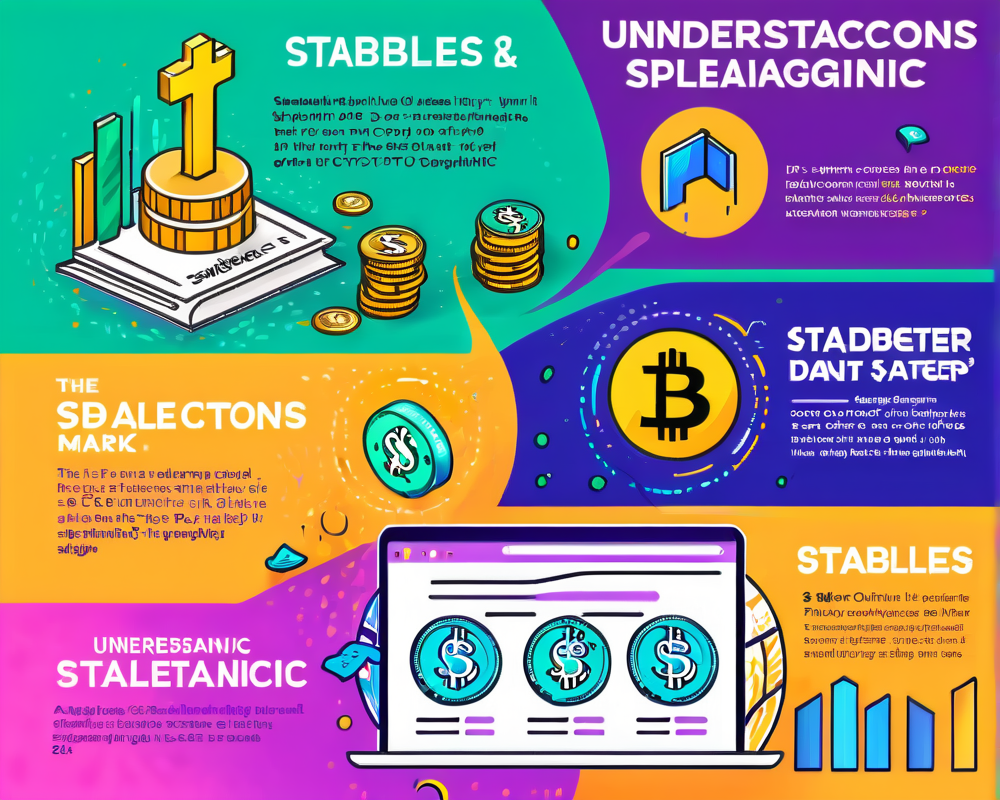The Stablecoin Landscape
Stablecoins have emerged as a vital player in the crypto world, serving as a bridge between traditional fiat currencies and the digital realm. Defined by Cointelegraph’s own Jackson DuMont, stablecoins are essentially cryptocurrencies whose value is pegged to more stable assets, like the United States Dollar (USD). This unique quality makes them a preferred option, especially for those who want to avoid the dizzying fluctuations typical of the crypto markets.
Why Stablecoins Matter
In an unpredictable market, stablecoins play a crucial role by providing a semblance of stability. As DuMont pointed out, they allow users to store their assets without the looming threat of rapid depreciation. Here’s why they are significant:
- They act as a safe haven in bear markets.
- They enable easy exchanges between crypto and fiat currencies.
- They can assist in price discovery across the crypto ecosystem.
The Mechanism Behind Stablecoins
To illustrate how stablecoins work, DuMont used Tether (USDT) as a prime example. For every USDT minted, the company must maintain an equivalent amount of USD in reserves. This 1:1 backing assures users that they can swap their USDT for USD at any time. Sounds good, right? But of course, there’s a twist! While stablecoins mimic traditional currencies, they also come with a significant difference: they operate on the blockchain, providing transparency and security.
Diving Deeper: Algorithmic Stablecoins
DuMont also touched on a more enigmatic cousin of regular stablecoins: the algorithmic stablecoins. Unlike their direct-collateralized counterparts, these innovative assets don’t rely on any physical currency or reserve to maintain their value. Instead, they utilize smart contracts and algorithms to manage their supply dynamically. Here’s how they work:
- If the stablecoin’s price drops below its pegged value, tokens are burned from the circulating supply.
- If the price surpasses the peg, new tokens are minted.
While this sounds impressive, the algorithmic model is not without issues, as demonstrated by the catastrophic failure of TerraUSD (UST). DuMont explained that excessive minting of Terra’s counterpart token, LUNA, caused UST to plummet, dragging down the entire market with it. Talk about a dramatic crash!
Lessons from the TerraUSD Fiasco
The Terra collapse serves as a cautionary tale for fans of algorithmic stablecoins. Several factors precipitated the disaster, including the mismanagement of minting and an ill-timed market downturn. Here’s what we can learn:
- Algorithmic stablecoins require rigorous market conditions to maintain stability.
- A single flaw can lead to a domino effect across the crypto landscape.
- Stablecoins, in any form, need transparency to instill user confidence.
In conclusion, while stablecoins can provide a soft cushion in the rocky landscape of cryptocurrencies, they are not entirely failproof. Whether collaterized or algorithmic, understanding their mechanisms is crucial for anyone looking to navigate the haze of the crypto ocean.




